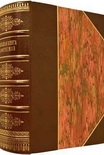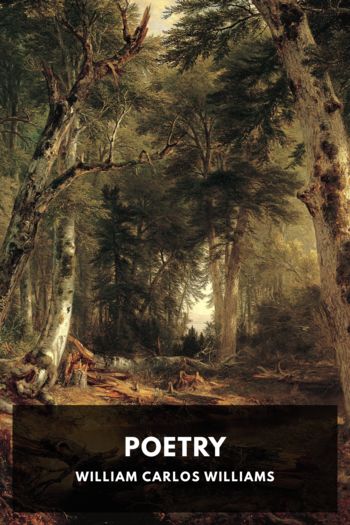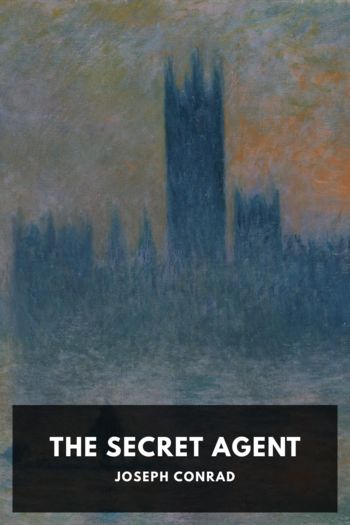Hidden History: Lost Civilizations, Secret Knowledge, and Ancient Mysteries, Brian Haughton [books you need to read .TXT] 📗

- Author: Brian Haughton
Book online «Hidden History: Lost Civilizations, Secret Knowledge, and Ancient Mysteries, Brian Haughton [books you need to read .TXT] 📗». Author Brian Haughton
their prominent position in society until the coming of Christianity, where their roles were soon taken over by the clergy. Many early Welsh and Irish epics speak of the Druids, though it has to be borne in mind that almost everything that has survived has been edited by Christian scribes. In Irish literature, Druids are usually seen in the role as advisors to kings; perhaps the most famous example is Cathbad, chief Druid at the court of Conchobar, king of Ulster. Another famous example is Mug Ruith, the powerful blind druid of Munster, the southernmost province of ancient Ireland. Mug Ruith had the ability to grow to an enormous size, conjure up storms, and turn men to stone. His Shamanistic appearance included a hornless bull's hide, bird mask, and a feathered headdress. Mug Ruith's daughter, Tlachtga, was a renowned Druidess, who gave her name to a hill in County Meath and a ceremony celebrated there-the lighting of the winter fires at Samhain (November 1st), an ancient Celtic festival probably once presided over by the Druids.
It was not until the 18th century, with a revival of interest in natural religion and native traditions, that Druidism again came to the fore. Much of this interest stemmed from antiquarians such as William Stukeley, John Aubrey, and John Toland. John Aubrey (1626-1697) was the first modern writer to claim that Stonehenge, Avebury, and other prehistoric monuments in England were connected to the Druids. A follower of Aubrey's theories, Irish-born writer and radical thinker, John Toland, apparently founded the Ancient Druid Order in London around 1717; in 1726, he published his History of the Druids. William Stukeley (1687-1765) was a pioneering archaeologist and antiquarian, who became the Secretary of the Society of Antiquaries in 1718. His investigations, notes, and drawings of Neolithic sites, such as Stonehenge and Avebury are still of extreme value to archaeologists and historians today. However, he too was under the spell of Aubrey and attributed many prehistoric monuments to the only ancient British people then known-the Druids. He published Stonehenge, a Temple Restored to the British Druids, in 1740, and Avebury, a Temple of the British Druids, in 1743, both of which were highly influential on the modern Druid revival.
In 19th century Wales, it was believed that the Welsh poetic tradition dated back to the Druids. Welsh antiquarian Edward Williams, under the name Iolo Morganwg, founded the Gorsedd Beirdd Ynys Prydain (the Community of Bards of Great Britain) at Primrose Hill, London in 1792. Although the rituals were supposed to be based on ancient Druid ceremonies, many were in fact written by Williams himself. Druidism is also part of the inspiration behind the Eisteddfod, a Welsh festival of literature, music, and performance, dating back to at least the 12th century, though the modernday format has been much influenced by the 18th century revival of Welsh cultural festivals. Modern Druidic
orders exist, as is witnessed every year at Stonehenge on the summer solstice by the appearance of the Ancient Order of Druids. Founded in London in 1781 (along the lines of a Masonic society), this Order once boasted William Churchill as a member, who appears to have joined their Albion Lodge in Oxford in 1908.
It is difficult to say what, if anything, of original Druidic belief or ritual survives in some form today. Practically everything in modern Druidery has its roots in 18th and 19th century romanticism. Perhaps echoes of the ancient British Druids are still to be found in folkloric beliefs related to well-worship, and certain practices connected with celebrations, such as Halloween. The wearing of masks at Halloween to scare away evil spirits goes back to Celtic Samhain ceremonies, traditionally celebrated at the beginning of winter, on the 1st of November. Another major Celtic celebration was Beltaine, a festival held on April 30 or May 1 celebrating the coming of summer and the origin of May Day. On May Eve great fires were lit on hilltops and Druids drove cattle through the flames to purify them; people would also leap through the fires to secure a plentiful harvest. Perhaps even the mythical woodland folk, such as the fairies and woodwoses (hairy wildman of the woods) are the last vague survivals of the sacred traditions of the once great Druids.
The Queen of Sheba
Exotic and mysterious, the Queen of Sheba is best known from the biblical story of her celebrated meeting with King Solomon. Sheba is also celebrated in the Islamic world as a powerful queen under the name Balgis or Bilqis, and in Ethiopian tradition as Makeda. In the annals of ancient history, perhaps only Cleopatra has achieved more fame as a potent female ruler, yet so little is known about the the enigmatic Queen of Sheba that archaeologists and historians are not even sure whether she existed at all. However, recent archaeological discoveries are begining to throw a glimmer of light on the possible identity of history's most perplexing figure. The Queen of Sheba is referred to in the Bible in the Book of Kings simply as the "Queen of the East." No more specific details than that are given of her origin. The text describes how the
queen, having heard of the renown of Solomon, travels from her homeland at the head of a caravan loaded with spices, large amounts of gold, and precious stones, to visit the great king at Jerusalem. According to the Biblical account, it is her intention to test Solomon's renowned wisdom with difficult questions. After meeting with the great king she is awed by his wisdom and the grandness of his royal court, and so bestows rich gifts on him. Solomon, in turn, offers her great treasures and "all that she desired," after which she returns to her own land. That, in essence, is the story of Solomon and Sheba.
The Queen of Sheba.
Although this is the last we hear of the great queen in the Bible, in postbiblical times Jewish and Muslim legends elaborated on the basic





Comments (0)